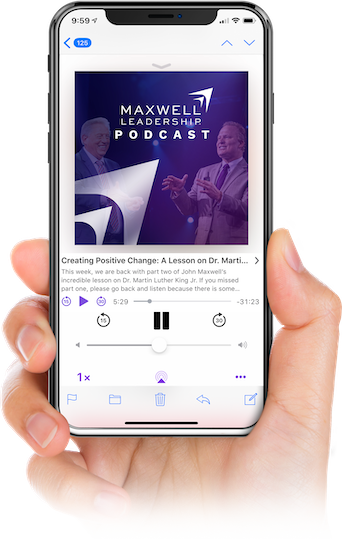5 Steps to a Successful Corporate Training Plan for 2020

With the new year around the corner, now is the time to plan your employee development efforts for the coming year. An excellent training calendar for the entire year, for every department within your organization, can support your company’s growth and culture while boosting engagement and productivity. Molding the content of these programs into successful change initiatives doesn’t have to be a daunting prospect.
Here are 5 steps you can take today to ensure your corporate training calendar looks bright for 2020.
Step #1: Start with an Organizational Effectiveness Survey
Before you get started, it’s essential to map your baseline so you can plan accordingly. An Organizational Effectiveness Survey (OES) is a great tool to help leaders obtain the knowledge needed to develop a productive action plan. These surveys help organizations improve long-term effectiveness by gathering feedback from their employees. By detecting potential pitfalls and obstacles, leaders can respond quickly and form an action plan that fits the needs of the entire company.
Step #2: Create a Targeted Theme
Once you’ve gathered data from an Organizational Effectiveness Survey, you can choose a theme that encapsulates the overall goals for the effort. The theme should help everyone stay focused on targeted outcomes throughout the year and help build a universal language that will connect employees both horizontally and vertically within the ecosystem of the company.
Remember to be intentional in how you structure your theme. It should not be overly broad or try to summarize all of your corporate goals in a single effort. Pick a key area of focus and keep all of the year’s training efforts relevant and targeted to the theme.
Step #3: Define Success and Measure it
The next step is to clarify what will be considered a successful initiative, at both the individual and group levels. The hard and soft skills that you are looking to improve not only need to be defined, you also need to define what constitutes an actual improvement. Then you must put a plan in place to gather the data necessary to determine if success was achieved. At the end of the training calendar, make an honest assessment of the outcomes, and make sure to retake the Organizational Effectiveness Survey (OES).
Step #4: Plan Around People First, Not Budgets
As mentioned in Step #1, you must map out your training goals based on the skill gaps you’re trying to overcome, rather than focusing on a budget. There are many ways to train and executive coaching tools available that fit a variety of budgets and needs. One option is to bring an on-site workshop to your organization that’s customized to meet your team’s specific goals. Whichever program you choose, presenting a solid plan around desired outcomes will have a much easier time getting funding and organizational support.
Step #5: Achieve Buy-in for Successful Execution
You must engage people throughout the process to facilitate organizational buy-in. The reasons for the new corporate training calendar should be communicated clearly, especially the gains you hope to achieve, and it should be communicated across every level of your organization. Being honest and authentic will further help you increase engagement and achieve your objectives. Explain the skills and needs you are looking to fill, as well as how progress will be measured so that everyone will recognize success when it happens. Once you have a widespread agreement in these areas, then the deployment of your 2020 training program will become much more manageable.
Are you ready to kick-start your employee development strategy for 2020? Start by getting an OES report done for your company today! Contact Maxwell Leadership!
More Articles

3 Questions to Move You From Busy to Productive

Prepping for the New Year in 3 Simple Steps









Be the first to comment on "5 Steps to a Successful Corporate Training Plan for 2020"